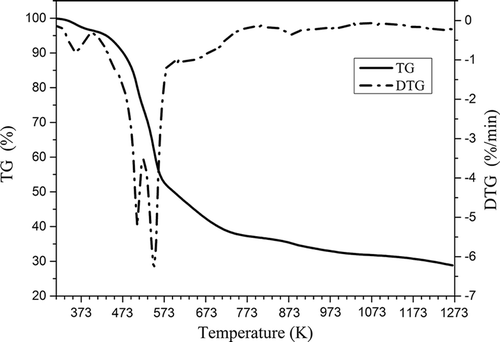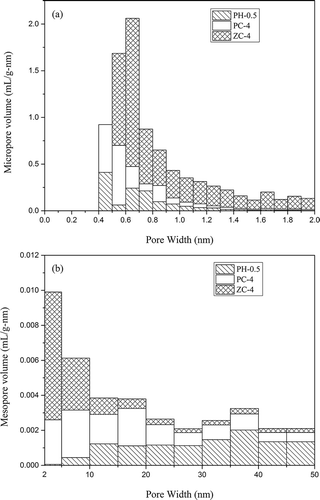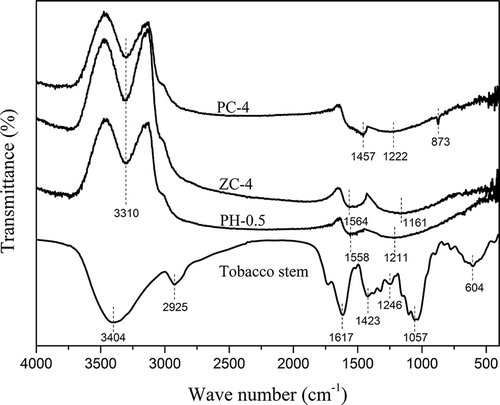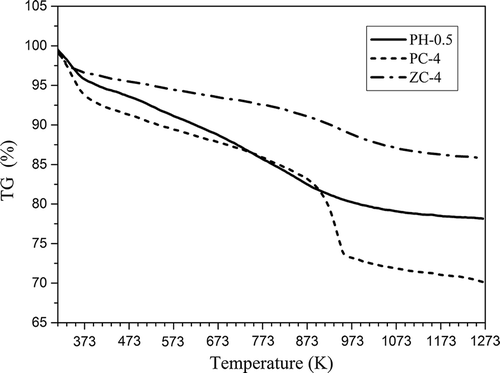Figures & data
Table 1. Characteristics of tobacco stem.
Table 2. Pore structural properties of activated carbon (the activation temperature of 873 K and the activation time of 1.5 hr).
Figure 2. Effects of impregnation ratio on (a) the BET surface area and (b) micropore volume of activated carbons.
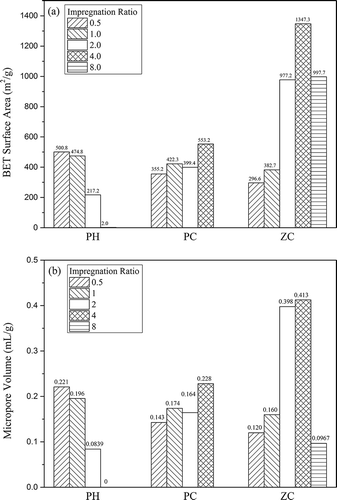
Figure 3. (a) Micropore and (b) mesopore volume distribution of activated carbons with KOH activation.

Figure 4. (a) Micropore and (b) mesopore volume distribution of activated carbons with K2CO3 activation.
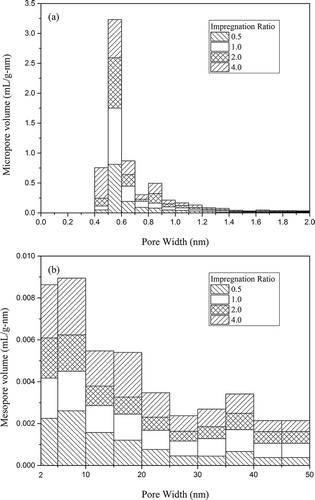
Figure 5. (a) Micropore and (b) mesopore volume distribution of activated carbons with ZnCl2 activation.
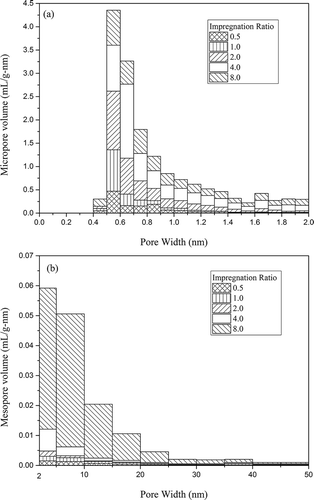
Figure 7. SEM graphs of (a, b) raw material and activated carbon samples: (c, d) PH-0.5, (e, f) PC-4, and (g, h) ZC-4.
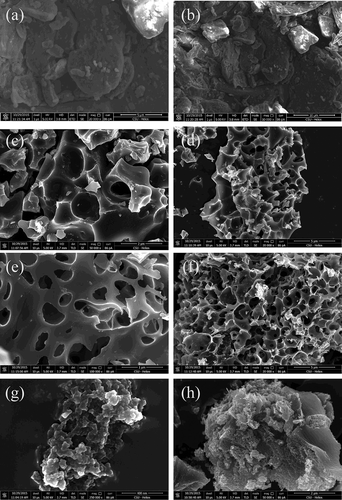
Table 3. Atomic percentage on the activated carbon surface from XPS analysis.
Figure 9. Peak deconvolutions of the C1s: (a) PH-0.5, (c) PC-4, and (e) ZC-4, and O1s XPS spectra: (b) PH-0.5, (d) PC-4, and (f) ZC-4.

Table 4. The contribution of carbon and oxygen species.

